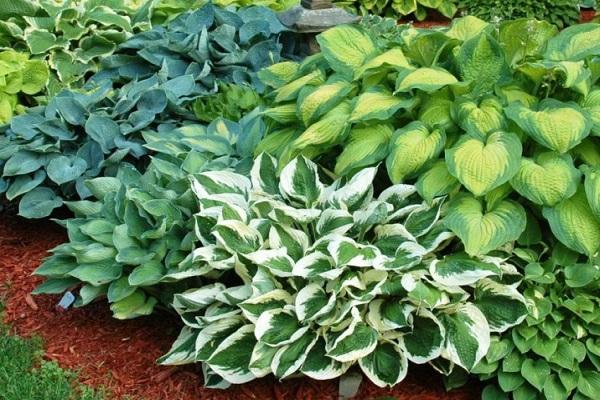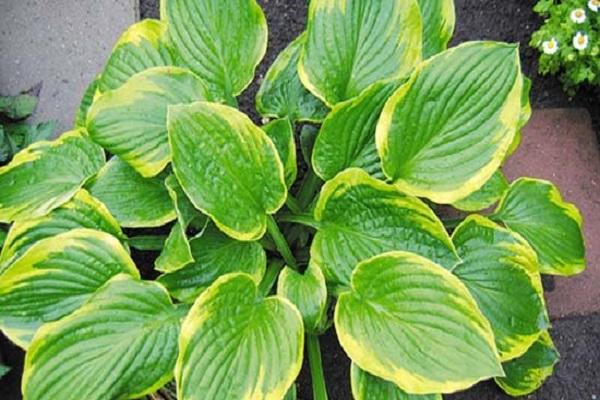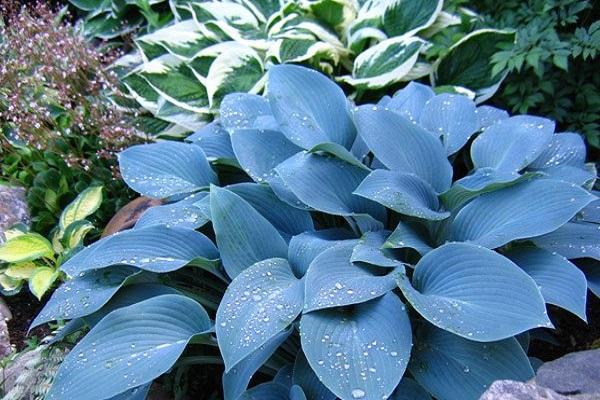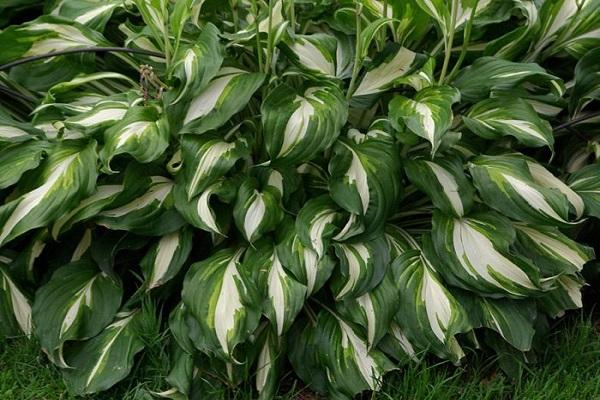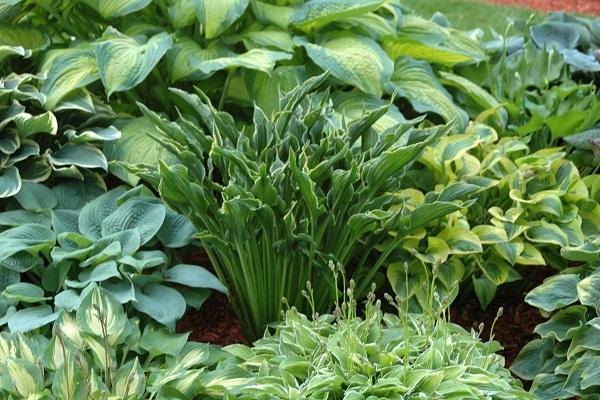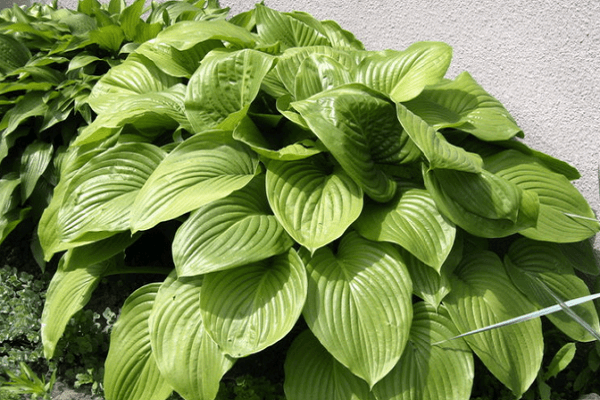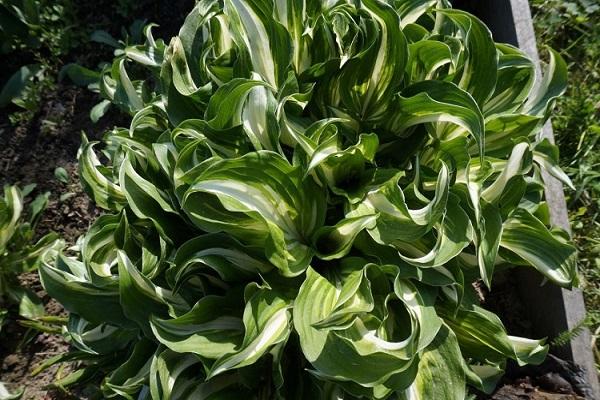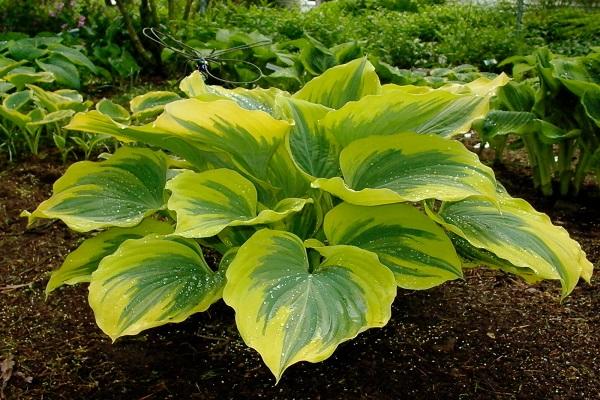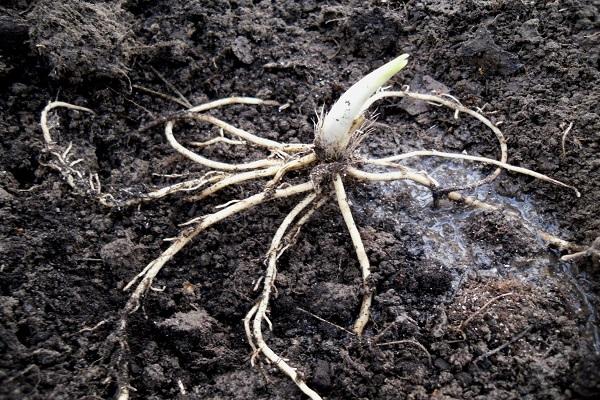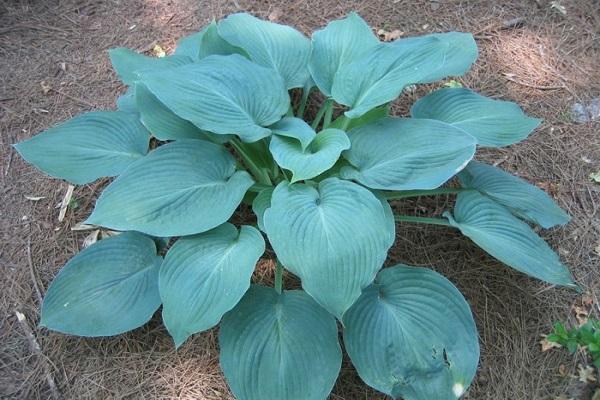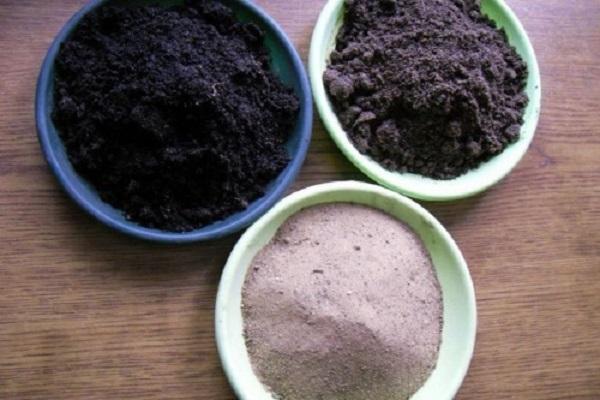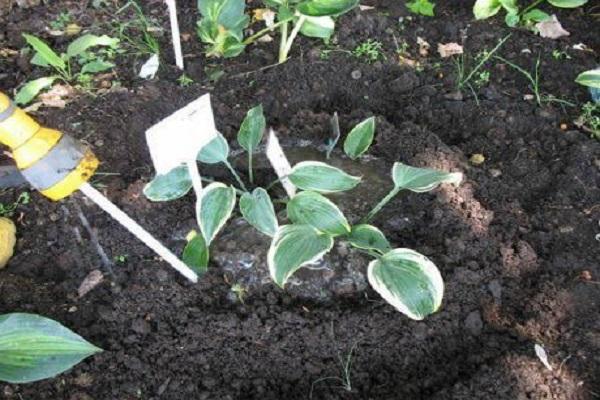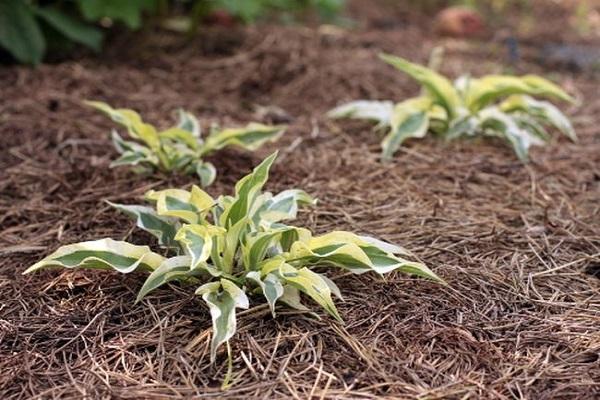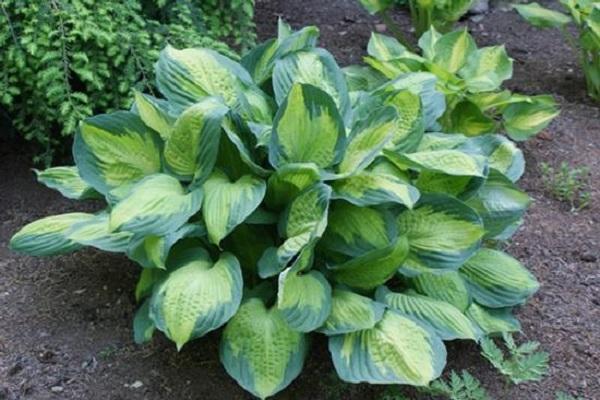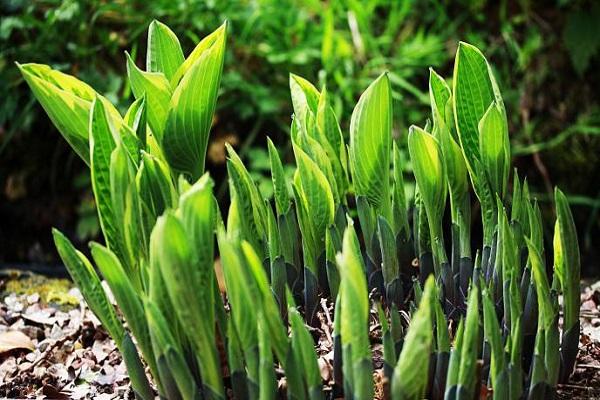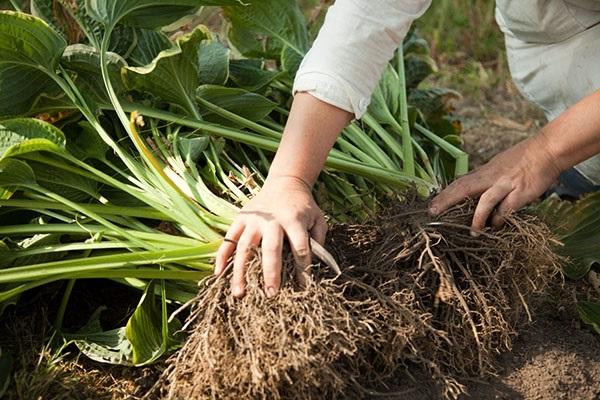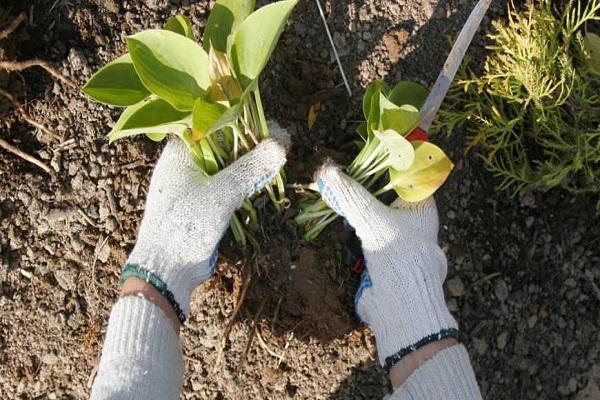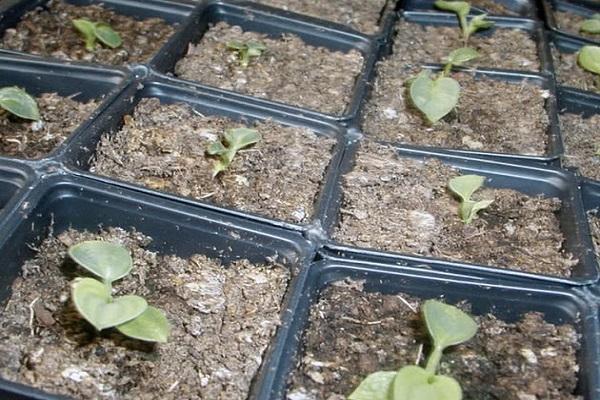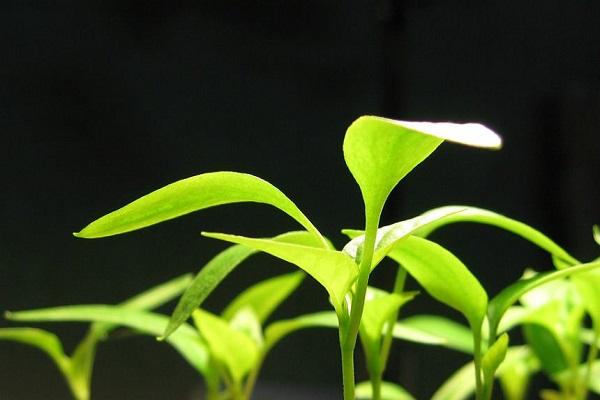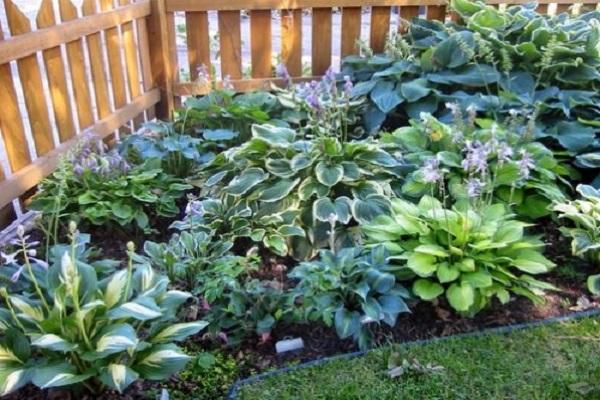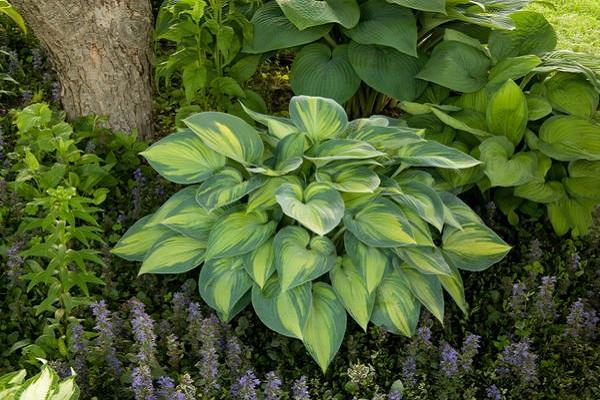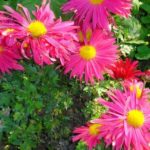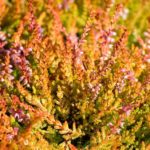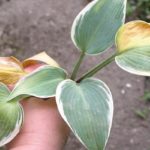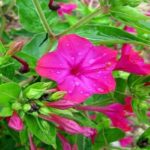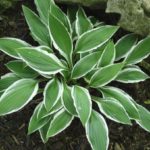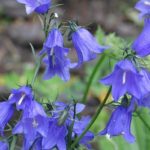To revitalize and decorate the garden, many people plant hosta in it. This plant is popular among gardeners due to its ease of care. However, despite this, before planting you need to familiarize yourself with all the features of planting and caring for hosta.
- Description and characteristics of the plant
- Classification
- By height
- Dwarf
- Miniature
- Little ones
- Average
- Large
- Gigantic
- By color
- Greens
- Blue
- Yellow
- Variegated
- Mediovariegated
- According to leaf shape
- According to leaf texture
- Popular types
- Podorozhnovaya
- Wavy
- White-edged
- Erectifolia
- Ovoid
- Small
- Lanceolate
- Curly
- Beautiful
- Siebold
- Decorative
- High
- Bloated
- Tokudama
- Planting in temporary containers at home
- Selection of planting material
- Preparation of rhizomes
- How to plant
- Care
- Watering
- Temperature and light conditions
- Hardening
- Planting in open ground
- Deadlines
- Features of lighting requirements for various types
- Soil requirements
- How to plant
- Care and cultivation
- Watering
- Top dressing
- in spring
- When flowering
- After flowering
- Loosening and weeding
- Preparing for winter
- Abundant watering
- Autumn pruning
- Mulching
- Shelter
- Diseases and pests
- Root collar rotting
- Fusarium
- Slugs
- Features of reproduction
- Dividing bushes
- Cuttings
- Collection and storage of seeds
- Transfer
- How to grow seedlings from seeds
- Growth stimulants
- How to drop off
- Deadlines
- Temperature and light conditions
- Watering
- Dive
- Hardening
- Planting in open ground
- Regional features
- Middle lane
- Ural and Siberia
- South of Russia
- Leningrad region
- Use in landscape design
- Conclusion
Description and characteristics of the plant
Hosta is an Asian flower that many people prefer to decorate their garden with. The distinctive feature of the plant is not its flowers, but its leaves. They can be painted in light, golden, bluish or light green colors.
Classification
There are several parameters by which this plant can be distinguished.
By height
The flower is divided into six groups according to its height.
Dwarf
Fans of compact plants can plant dwarf plants on their site. They are considered the lowest varieties of hosta. Their height does not exceed 10-12 centimeters.
Miniature
Varieties classified as miniature are slightly taller than dwarf varieties. If you properly care for the planted bushes, their height will be 15 centimeters.
Little ones
Also, small varieties of plants are classified into a separate group, the height of which is slightly greater than that of miniature and small ones. Such bushes can grow up to 17-25 centimeters.
Average
Most of all are plants that have an average height. These bushes grow up to fifty centimeters when grown in open ground. Some grow up to 55-60 centimeters.
Large
To decorate large gardens, tall varieties of hosta are planted. Such bushes stand out from other varieties of flowers, since their height is 70-75 centimeters.
Gigantic
The tallest are considered to be giant bushes that grow up to eighty centimeters. Experienced gardeners recommend tying them to supports to prevent them from breaking.
By color
Also, the flower may differ in its color.
Greens
Most often, gardeners plant plants with green leaves on their plots. Such bushes are suitable for decorating flower beds that need landscaping.
Blue
People who want to decorate their garden with non-standard plants plant blue hosta. It has large heart-shaped leaves, the surface of which is painted green with a slight bluish tint.
Yellow
If there are not enough bright plants in the garden, you can plant yellow flowers. They are distinguished from others by their large leaves, which are colored yellow. The leaves begin to turn yellow in late May and early summer.
Variegated
The leaves of such plants have a small border, which is painted white. The peculiarities of this group of plants include the fact that the leaves do not lose their attractiveness until mid-autumn.
Mediovariegated
In these varieties, the foliage is painted in two colors at once. The inside of the leaf blades is yellowish, and the outside is completely green.Sometimes the border has a bluish or light tint.
According to leaf shape
Hosta bushes differ from each other in the shape of their leaves. They can be:
- lanceolate - oblong foliage with a sharp tip;
- elliptical - each leaf on the bush has the shape of an ellipse;
- ovate - the leaves are shaped like a chicken egg.
According to leaf texture
Hosta leaves have a variety of textures. They may have a metallic or waxy tint. Also, the surface of the foliage can be varnished, shiny or smooth. In some varieties, the leaves have corrugated edges.
Popular types
There are fourteen popular varieties of flowers that are popular among gardeners.
Podorozhnovaya
This variety received this name due to the fact that the foliage of the bushes looks like a plantain. Each leaf is covered with large veins and wrinkles. The height of plantain seedlings reaches 60-70 centimeters.
Wavy
A compact, low-growing plant twenty centimeters high. The bushes are covered with foliage, on the surface of which you can see small veins. The variety blooms in mid-summer.
White-edged
A distinctive feature of the variety is the thin white border on the foliage. The white-edged hosta is tall and grows up to 75 centimeters. Blooms in the first half of June.
Erectifolia
For growing near water bodies, it is better to plant the Straight-leaved variety, which grows well in high humidity. The bush has large foliage, colored green.
Ovoid
This is a perennial flower that forms spherical shrubs as it grows. The ovoid-shaped leaves are green with a purple tint. The average height is 50-60 centimeters.
Small
A dwarf shrub whose height is ten centimeters.It is grown in open ground or in pots on the windowsill. In summer, purple flowers form on the plant.
Lanceolate
A miniature plant that grows to only forty centimeters. It begins to bloom in July and ends in late September or early October.
Curly
This variety differs from other flowers in its wavy foliage, the lower edge of which is painted white. During flowering, purple flowers appear.
Beautiful
A miniature bush whose height does not exceed 8-9 centimeters. Flowering begins in mid-July or early August. The petals are colored lilac.
Siebold
A medium-sized flower 40-50 centimeters high. Siebold's foliage is ovoid and quite large. The leaf blade is covered with a faint purple coating.
Decorative
The Decorative variety is used to decorate flower beds and garden plots. Such plants can be planted both in flower beds and in special pots.
High
A tall bush that grows up to eighty-five centimeters in height. The foliage of the plant has a dark greenish color. The petals are colored yellowish.
Bloated
Medium-sized flower with pointed foliage. The height of the bush is 45-60 centimeters.
Tokudama
The main difference between the plant is its foliage. Its interior is painted bluish, and its edging is bright yellow.
Planting in temporary containers at home
The plants are first grown in temporary pots or boxes.
Selection of planting material
In order for the planted seedlings to grow well, it is necessary to choose the right seed material. The seedlings must be green and not dry. There should be no yellow spots on their foliage.
Preparation of rhizomes
Before planting, all roots must first be soaked in a manganese solution to disinfect them. For better rooting, they can be soaked in liquids with phytohormones and amino acids.
How to plant
Before planting hostas, holes are made in the ground 5-7 centimeters deep. Seedlings are carefully planted in them and their rhizomes are sprinkled with soil.
Care
Planted plants must be properly cared for.
Watering
Watering should be done regularly, every 4-5 days. For each seedling, 300-400 milliliters of water are consumed.
Temperature and light conditions
Hosta does not need to be grown in full sun as it grows well in the shade. The air temperature during cultivation should not be lower than 17-18 degrees.
Hardening
Seedlings must be hardened off in advance so that they adapt to temperature changes. To do this, they are moved from indoors to outdoors for 30-40 minutes every day.
Planting in open ground
It is recommended to understand in advance the peculiarities of transplanting seedlings into the garden.
Deadlines
The hosta needs to be replanted in early April, after the end of frost. They cannot be planted too late, so the deadline is mid-May.
Features of lighting requirements for various types
All varieties grow well in shaded areas, and therefore there is no need to plant them in sunny areas.
Soil requirements
When choosing a site for planting, pay attention to the soil. It should be rich in mineral and organic components necessary for the growth of seedlings.
How to plant
To plant flower seedlings, you need to dig holes 6-8 centimeters deep in the area. Then hosta seedlings are placed in them, sprinkled with soil and filled with water.
Care and cultivation
You need to familiarize yourself in advance with how to care for a hosta planted in the garden.
Watering
When growing such flowers, you need to periodically moisten the soil. The procedure is carried out 2-3 times a week so that the soil does not dry out. In the hot summer they do this more often, 1-2 times every three days.
Top dressing
During cultivation, fertilizers are added to the soil three times.
in spring
10-15 days after transplanting the seedlings into the garden, the soil is fed with organic matter. Peat with humus and chicken droppings is added.
When flowering
When flowers bloom, seedlings lack mineral fertilizers. Therefore, the bushes are fed with superphosphate, as well as nitrogen- and phosphorus-containing compounds.
After flowering
When the flowers fade, complex formulations are used. They can contain both organic and mineral supplements.
Loosening and weeding
The area where the hosta is grown is periodically weeded. This is done to loosen the soil and remove weeds.
Preparing for winter
Hosta bushes must be prepared in advance for wintering.
Abundant watering
Many people believe that autumn is the time to stop watering flowers. However, before the start of winter, the seedlings must be irrigated abundantly with warm water.
Autumn pruning
In the first half of September, the bushes are pruned. Weakened shoots and yellowed leaves are removed.
Mulching
The soil must be mulched to protect the root system from frost. To do this, straw, hay or dry tree branches are laid on the surface of the soil.
Shelter
For additional protection from frost, the bushes are covered. Most often, durable polyethylene film is used as a cover.
Diseases and pests
Hosta, like other plants, is attacked by pests and suffers from various diseases.
Root collar rotting
Most often, seedlings suffer from rotting of the root system, which in the future can lead to the death of seedlings. To prevent the occurrence of the disease, the bushes are regularly sprayed with fungicides.
Fusarium
Fusarium is a dangerous disease that affects leaves and rhizomes. The disease cannot be treated, and therefore infected bushes will have to be dug up and burned.
Slugs
If the seedlings are attacked by slugs, you will have to treat them with special solutions. Effective remedies against slugs include “Thunderstorm” and “Bros”.
Features of reproduction
There are three methods of hosta propagation that gardeners use.
Dividing bushes
A common method of propagating flowers. In early spring, the bushes are divided into several seedlings with 2-3 leaf rosettes. They are rooted and then planted in a new place.
Cuttings
When cuttings, young shoots are removed from seedlings, which are then planted in pots. They are watered and fed abundantly so that they do not get sick.
Collection and storage of seeds
Hostas collect seeds in mid- or late August. Collected seeds should be stored in a room with moderate humidity and a temperature of 15-18 degrees.
Transfer
Some gardeners transplant the hosta to a new site in the fall. Most often this is done in September, before the onset of cold weather. Before planting, the place where the flowers will be planted is fed with potassium sulfate, superphosphate and saltpeter.
How to grow seedlings from seeds
There are several recommendations that will help you grow seedlings from seeds.
Growth stimulants
First, the seed must be treated with special growth stimulants. They help seeds germinate faster.
How to drop off
Planting the seeds of a flower such as hosta is quite simple.First, holes 1-2 centimeters deep are made in containers for growing seedlings, into which the seeds are placed. Then they are buried and watered.
Deadlines
The seed for germinating seedlings is planted in mid-winter so that seedlings can be planted in the garden in the spring.
Temperature and light conditions
Since hosta can grow in the shade, seedlings do not need to be grown in well-lit areas. The plant is more demanding of temperature, and therefore its indicators should not be less than eighteen degrees.
Watering
Seedlings love moisture, and therefore they are watered every three days. For irrigation use water at room temperature.
Dive
Diving is done when the first 2-3 leaves appear on the seedlings. A separate container with soil mixture is prepared for each seedling.
Hardening
Before planting in open ground, seedlings must be hardened off. She is periodically taken outside so that she gets used to temperature changes.
Planting in open ground
When the seedlings grow to 6-8 centimeters, they are transplanted outside. Holes 3-5 centimeters deep are made in the garden. Then the germinated seedlings are transplanted into them.
Regional features
Growing hosta in different regions has certain characteristics.
Middle lane
The climatic conditions of the middle zone allow you to grow flowers without additional shelter for the winter.
Ural and Siberia
In the Urals and Siberia the climate is more severe, and therefore it is more difficult to grow flowers. The planted bushes will have to be mulched and covered with film in the fall.
South of Russia
The southern climate is not suitable for hostas due to possible droughts in the summer. Therefore, in summer you will have to water the seedlings more often to maintain an optimal level of humidity.
Leningrad region
In the Leningrad region, the climate is ideal for growing hosta. Rainy summer promotes the growth and flowering of this plant.
Use in landscape design
Many people use hosta in landscape design. Experts recommend planting them together with garden plants such as peonies, ferns, astilbes and dicentras. This combination of crops will create a beautiful flower arrangement in the garden.
Conclusion
To decorate a garden or summer cottage, some people plant hostas. Before planting such a flower, you need to understand the varieties of the plant and the characteristics of its cultivation.

